An Introductory Guide to Spanish-Speaking Countries (Fun Facts and Expressions Included!)
Spanish has 463 million native speakers, the second highest number after Chinese. And it’s the 4th most spoken language (after English, Chinese and Hindi-Urdu).
It’s also one of the 6 official languages of the United Nations, and about 75 million people speak Spanish as a second language.
Wondering what dialect of Spanish you should learn and what’s most spoken? Well, Mexican Spanish has the highest number of speakers, making up 20% of total Spanish speakers. But any dialect of Spanish can be understood by others.
Table of contents
- List of Spanish-Speaking Countries
- Spanish Speaking Countries: Learn About Their Language, Flags, Capitals, and More!
- Spain
- Mexico
- Argentina
- Bolivia
- Chile
- Colombia
- Costa Rica
- Cuba
- Dominican Republic
- Ecuador
- El Salvador
- Equatorial Guinea
- Guatemala
- Honduras
- Nicaragua
- Panama
- Paraguay
- Puerto Rico
- Peru
- Uruguay
- Venezuela
- Countries in Spanish
- Explore Spanish Countries!
List of Spanish-Speaking Countries
So we already answered, “How many Spanish-speaking countries are there?” There are 20 Spanish-speaking countries, plus Puerto Rico. (So some say 21 countries, although Puerto Rico is an unincorporated territory of the United States).
So here’s a list of all 21 places you could go and speak Spanish with the natives:
- Spain
- Mexico
- Argentina
- Bolivia
- Chile
- Colombia
- Costa Rica
- Cuba
- Dominican Republic
- Ecuador
- El Salvador
- Equatorial Guinea
- Guatemala
- Honduras
- Nicaragua
- Panama
- Paraguay
- Puerto Rico
- Peru
- Uruguay
- Venezuela
Spanish Speaking Countries: Learn About Their Language, Flags, Capitals, and More!
Spain
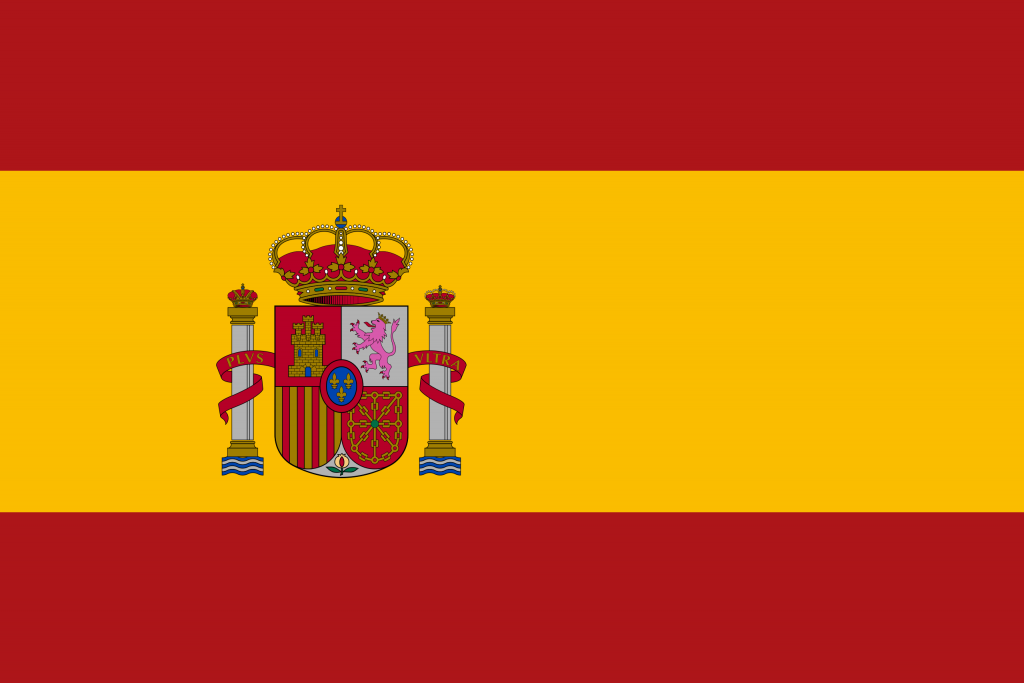
- Population: 47,450,795
- Capital: Madrid
Fun facts:
- Spain has a constitutional monarchy like the UK. The current monarch is King Felipe VI.
- Popular Spanish dishes include paella, gazpacho, and jamón serrano
- Both Pablo Picasso and Salvador Dali are from Spain.
- Spain’s famous for its football (US: soccer) team, Real Madrid, and it’s Formula 1 racing
- Spanish in Spain is called castellano, and it pronounces some sounds differently. Notably, z, ci or ce are pronounced like “th”
Spain-specific Spanish words:
- Qué chulo – “Cool” or “sweet”
- Molar – “To like”, also “to be cool”
- Hostia – “Bloody hell”
- Venga – “Come on”
- Vale – “Okay”
Related learning: 101 Core Spanish Words — The Most Common Spanish Words Used Everyday
Mexico
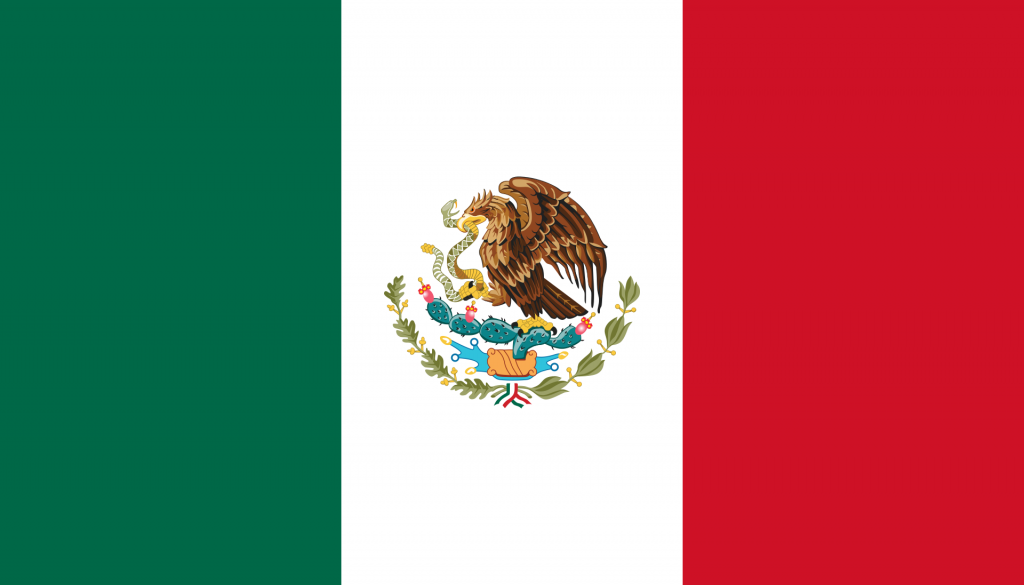
- Population: 126,014,024
- Capital: Mexico City
Fun facts:
- Mexico has the world’s largest pyramid!! The pyramid of Cholula, which is actually hidden under a mountain.
- Mexico City was built over the ruins of an Aztec city on a lake, Tenochtitlán. It sinks a little bit each year.
- Color TV was invented by Guillermo Gonzalex Camarena in Guadalajara in 1940. He was only 23 years old at the time.
- Some popular Mexican dishes are chilaquiles, elote, and tamales.
Mexico-specific Spanish words:
- Pendejo – “Stupid” or “asshole”
- A huevo – “Hell yeah”
- Buena onda – “Good vibes”
- Güey – “Guy”, “dude” or “mate”
- No manches – “No way”
Argentina
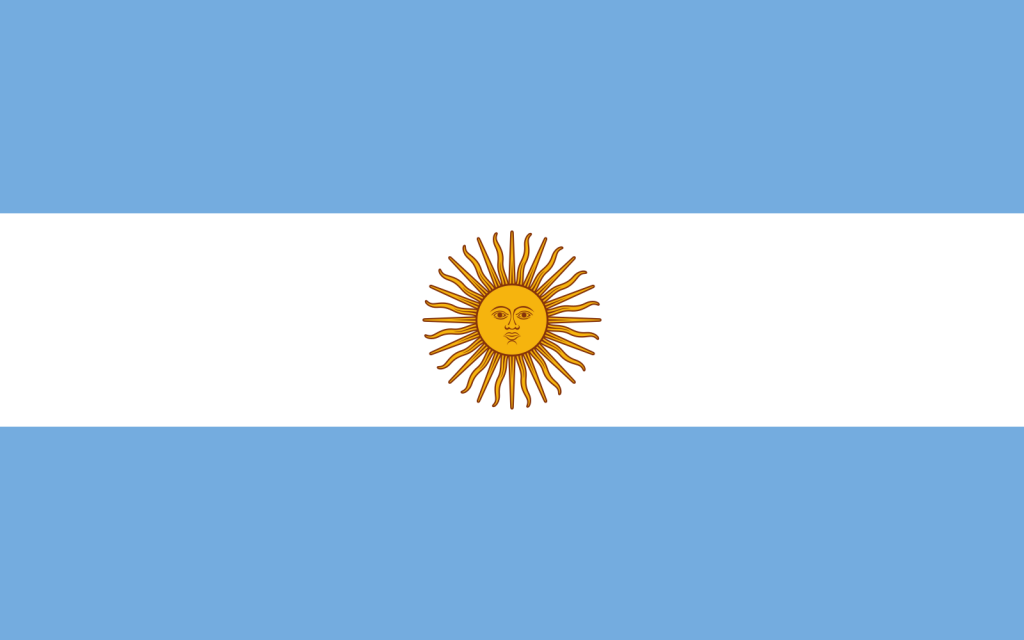
- Population: 47,327,407
- Capital: Buenos Aires
Fun Facts:
- Argentina has both the highest point in the Southern Hemisphere (Mt. Aconcagua) and the lowest point (Laguna del Carbon).
- Yerba mate is the most popular drink in Argentina, and has its own culture and etiquette
- The largest dinosaur ever discovered was found on a Patagonian farm by a worker in 2008! It’s though to be a titanosaur, but they’re still working to excavate it.
- Argentina is famous for it’s beef and steak, but definitely also try their empanadas, choripán, and provoleta.
Argentina-specific Spanish words:
- Tener mala leche – “To have bad luck” (Literally: “To have bad milk”)
- Boludo – “Dude”
- Che – “Hey”
- Estar al horno – Literally, “to be cooked in an oven”, but means something like “to be in deep trouble”
- Tener fiaca – “To feel lazy”
Related learning: Learning Spanish in Argentina Was Key to My Fluency – Here’s Why
Bolivia
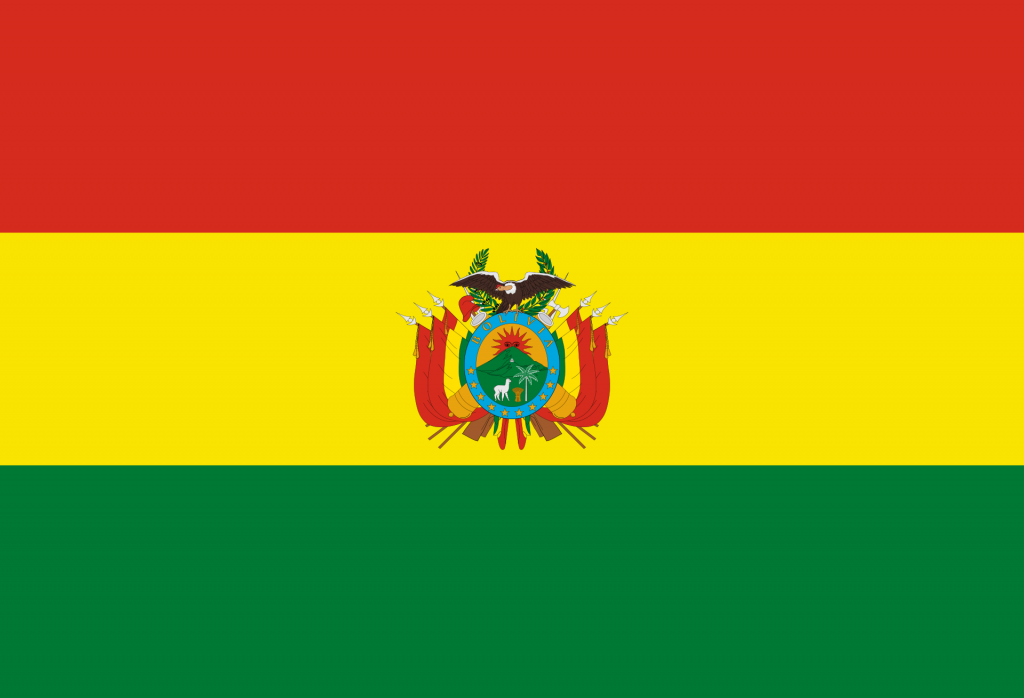
- Population: 11,428,245
- Capital: La Paz
Fun facts:
- La Paz is the official government capital, but Sucre is the constitutional/judicial capital.
- There are only two landlocked countries in South America, and Bolivia is one of them! It used to have a coastline. But Chile was mad about taxes and wanted the resource-rich area of the coast. So they invaded the area during Carnaval when everyone in Bolivia was heavily drinking (talk about some Red Wedding type strategy!) and now they control the area.
- Bolivia has some strange tourist attractions, like the San Pedro prison and the North Yungas Road for cycling (which is nicknamed Death Road).
Bolivia-specific Spanish words:
- Pucha – An exclamation ranging from “Hey!” to “Shit!”
- Chela – “Beer”
- Chupar – “To drink (alcohol)”
- Elay puej – “Well, of course”
- Paparupa – “Nonsense”
Chile
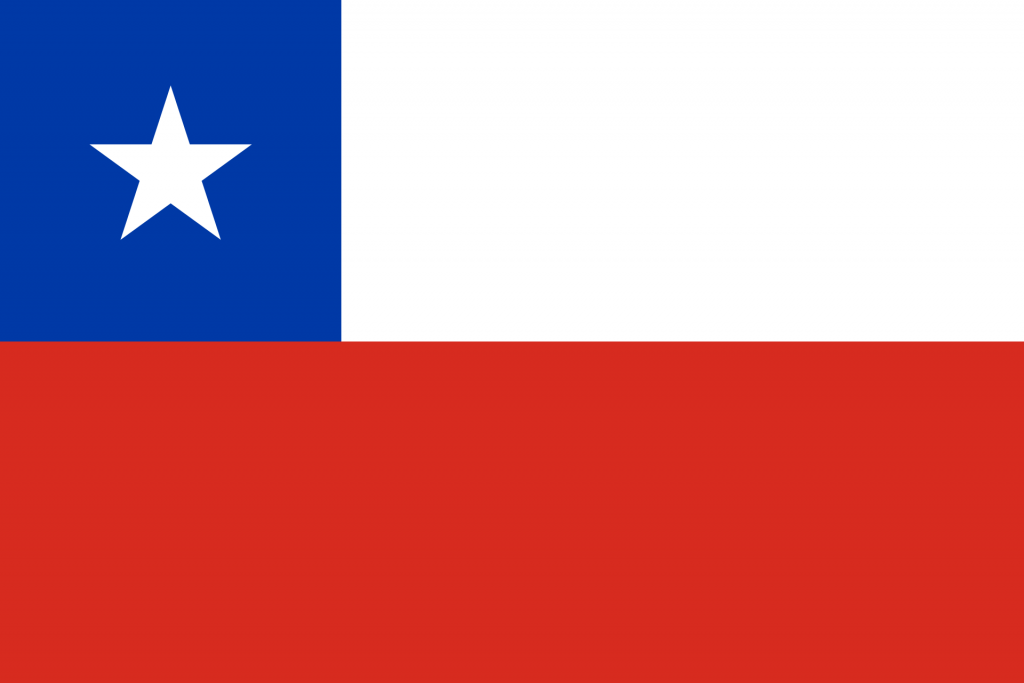
- Population: 11,570,003
- Capital: Santiago
Fun facts:
- Chile is one of the major hotspots for earthquakes in the world and had the largest recorded earthquake ever at 9.6 magnitude.
- As such, Chile is also home to a lot of volcanos. Around 2,900, in fact, with nearly 100 still being active, in the Andes.
- They have their own tea time, called once (“eleven”), which takes place in the evening and also has food, dessert, and coffee.
- The Atacama Desert is the driest desert in the world that isn’t in a polar region. It attracts a lot of astronomers to this area for the clear weather, and also has the Valle de la Luna (“Moon Valley”) which is a beautiful sight to see.
Chile-specific Spanish words:
- Chachai – “You know?”, “You get it?”
- Bacán – “Cool” or “awesome”
- Caleta – “A lot”, “so much”
- Piola – “calm” or “quiet”
- ¡Qué lata! – “How boring!”
Colombia
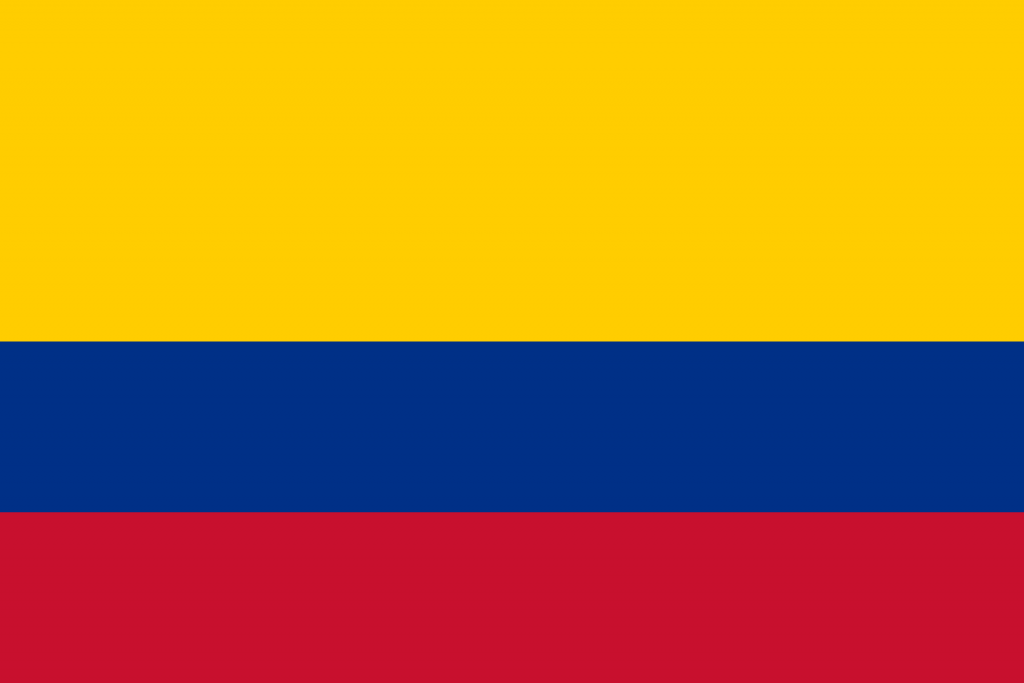
- Population: 50,372,424
- Capital: Bogotá
Fun facts:
- The Caño Cristales river is all known as the “Rainbow River” because of the plants, riverbed, and algae that bloom and change colors. This doesn’t happen anywhere else in the world – it’s unique to Columbia.
- Columbia is one of the world’s largest flower producers! It has thousands of types of orchids, many of which are native only to Columbia.
- Breakfast is HUGE. You’ll get beef, avocados, rice, beans, chorizo, eggs, plantains, arepa, and more for a hearty breakfast.
Colombia-specific Spanish words:
- ¿Quiubo? – “What’s up?”
- Parce – “Dude”, “friend”, “my guy”
- Vaina – “Thingy”
- Rumbiar – “To go party”
- Tinto – “Black coffee”
Related learning: Interesting and confusing aspects of Colombian Spanish
Costa Rica
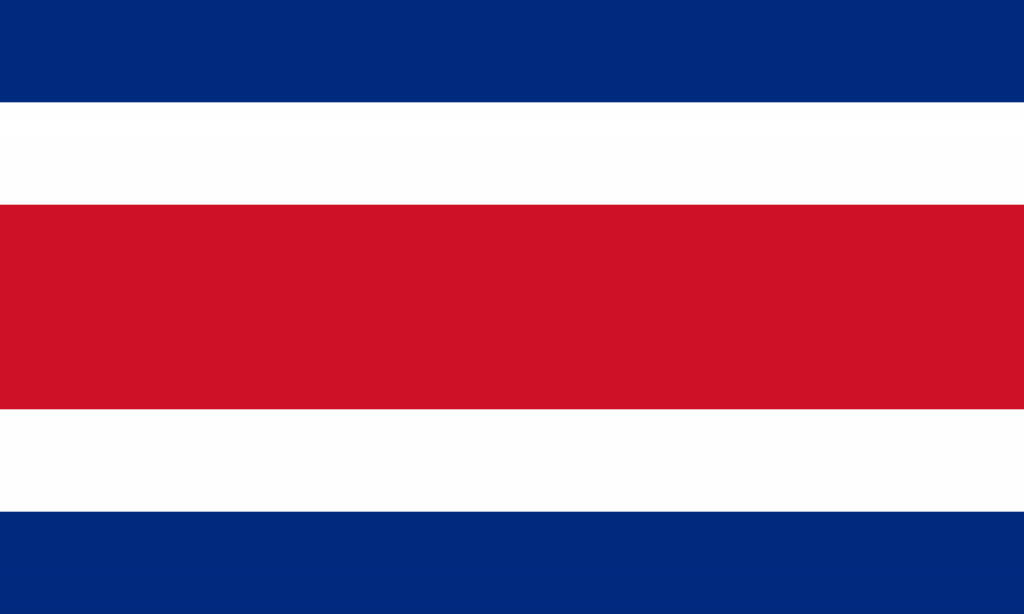
- Population: 5,094,118
- Capital: San José
Fun facts
- Costa Rica has no military! It was disbanded after a war in 1948. Now, they just have local police and border patrol.
- It’s one of the greenest countries in the world, with 99% of all energy coming from renewable sources.
- Costa Rica has 28% of its land as national parks and reserves, which contain about 5% of the entire world’s biodiversity of animals.
- The Whale Bay is a beach that’s shaped like a whale’s tail – and it’s also a great spot to see some whales.
Costa Rica-specific Spanish words:
- Pura vida – Literally, “pure life.” But it means everything from “hello”, “great”, “thank you”, and “nice to meet you”
- Tuanis – “Awesome,” “nice”
- Qué pereza – “What a drag/bummer”
- Chunche – “Thingamabob”
- Harina – “Dough,” “money”
Related learning: Spanish Accents and Dialects Around the World
Cuba
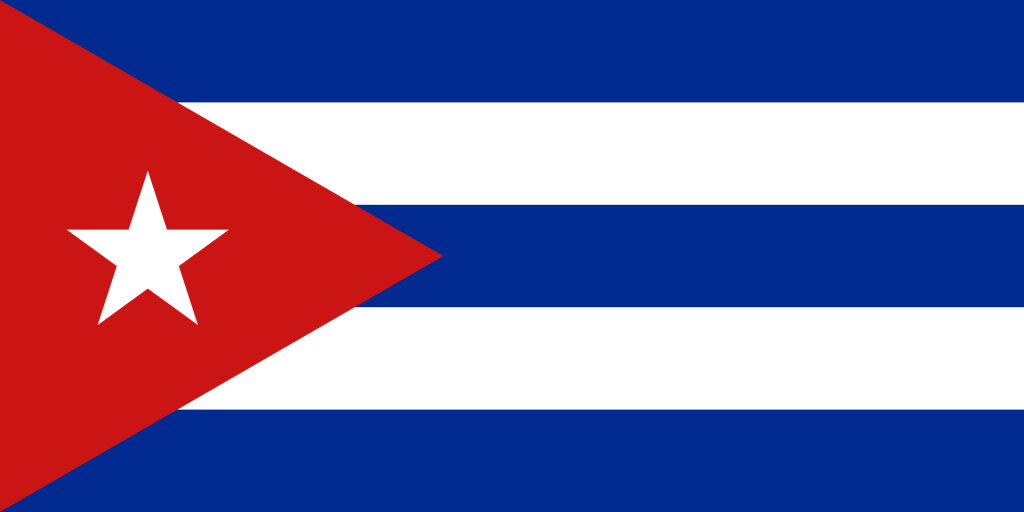
- Population: 11,113,215
- Capital: Havana
Fun facts:
- Cuba still has a lot of older classic cars! Due to an embargo in the past, they still drive these cars today.
- Wifi and cell service are still hard to come by except in designated hotspots, which you’ll have to pay for access to.
- Cuba has been heavily influenced by African culture from the colonial era, and has impacted Cuban music and religion. Santeria is the second biggest religion there, after Catholicism.
Cuba-specific Spanish words:
- ¿Qué bolero? – “What’s up?”
- Jamar – “To eat”
- Pinchar – “To work”
- Máquina – “Car”
- Chévere – “Cool”
Dominican Republic
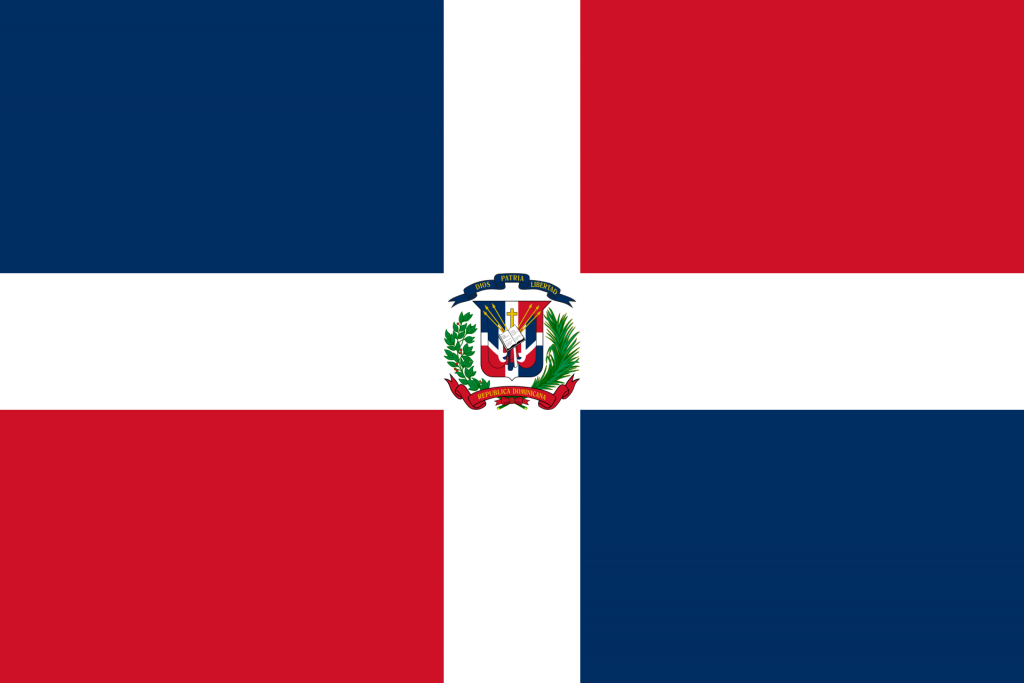
- Population: 10,694,700
- Capital: Santo Domingo
Fun facts:
- Baseball is super popular in the Dominican Republic! Many famous Major League players are from here.
- Time is a suggestion here. Culturally, many Dominicans don’t stress about time and punctuality.
- Merengue, the music and dance style, come from the Dominican.
- It has some of the cleanest and most beautiful beaches in the world!
Dominican Republic-specific Spanish words:
- Bacano – “Amazing,” “cool”
- Pana – “Buddy,” “pal”
- Alebrescado – “To be excited”
- Chin – “A little bit”
- ¿Qué lo wha? – “What’s up?”
Related learning: 50+ Must Know Caribbean Spanish Expressions (You’ll Only Hear These in the Caribbean)
Ecuador
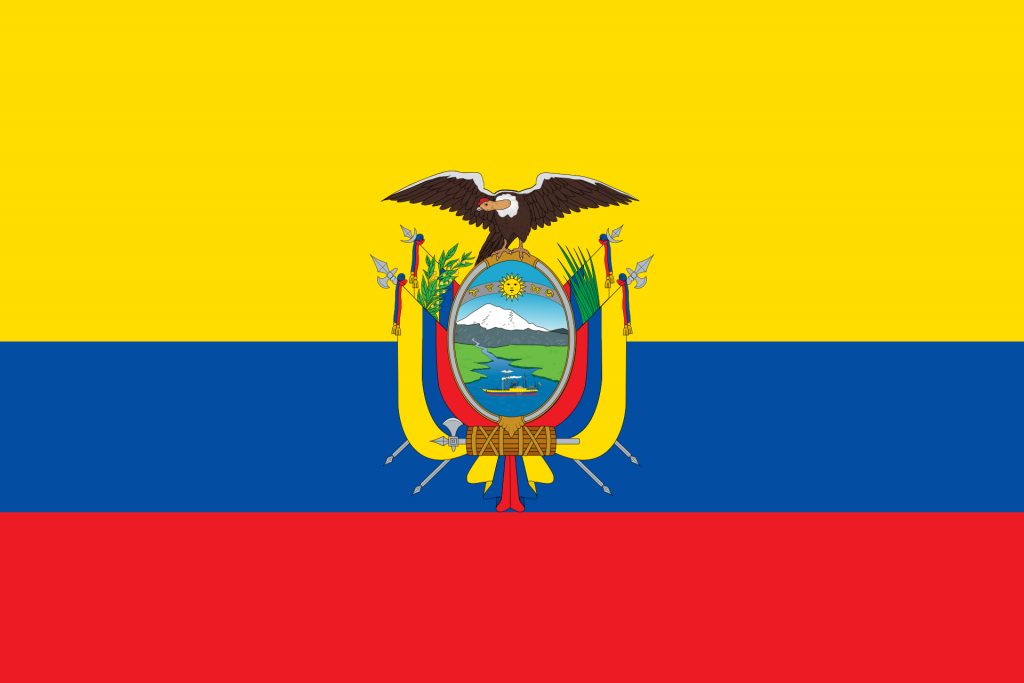
- Population: 17,715,822
- Capital: Quito
Fun facts:
- Ecuador was once part of the Inca Empire, and when the Spaniards came, they captured the Incan Emperor here.
- This is probably obvious, but the equator runs through Ecuador! Because of that, day and night is split into 12 hours each and doesn’t really change.
- Mount Chimborazo in Ecuador is the closest spot on Earth to the sun.
- Darwin’s theory of evolution was based on his research on the Galapagos Islands.
Ecuador-specific Spanish words:
- Chiro – “Broke (no money)”
- Caleta – Literally “cove”, but used to say “home”
- Porfis – “Please”
- ¡Qué huevada! – “What a bum!” or “What a bunch of crap!”
- Caramba – An exclamation of surprise or irritation
Related learning: Sound Cool in Spanish with these 40+ Spanish Slang Words
El Salvador
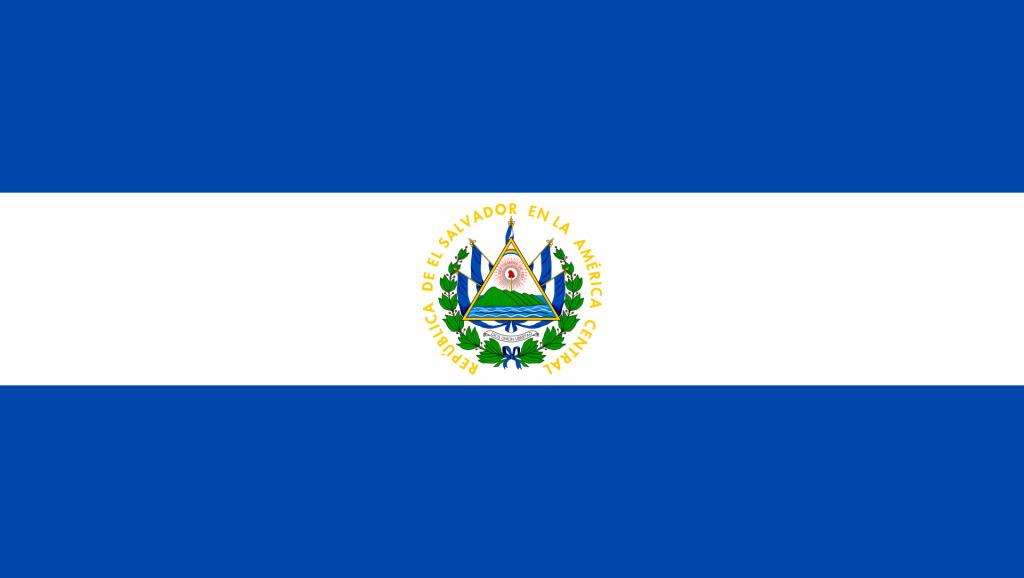
- Population: 6,830,000
- Capital: San Salvador
Fun facts:
- El Salvador uses US dollars as its currency, which makes it easy if you’re travelling from the US to this Central America country!
- Surfing is popular here, with people coming from all over the world to attend surf competitions.
- It has 20 volcanoes in the country, but only two are active.
El Salvador-specific Spanish words:
- Bajonear – “To eat” (more like, “to throw down” at the dinner table)
- Aguja – “Focused”, “prepared”
- Chivo – “Fantastic”
- Pisto – “Money”
- Vea – “For real”
Equatorial Guinea
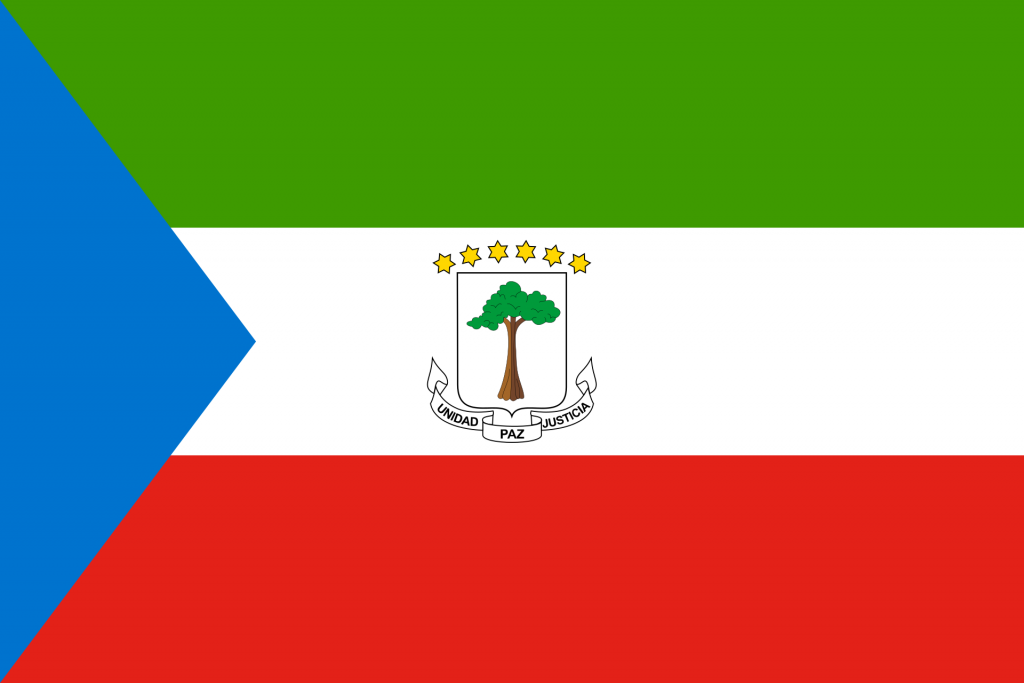
- Population: 1,468,777
- Capital: Malabo currently, but moving to Oyala
Fun facts:
- This is the only African country to have Spanish as an official language! This is because it was a Spanish colony until 1968.
- Unfortunately, a not so fun fact – Equatorial Guinea has some of the worst human rights in the world due to its authoritarian government, being ranked “least free” by the Freedom of the World survey.
- It’s one of the richest countries in Africa, despite its small size, due to its oil production. But weath inequality is extreme. The majority of people living in poverty, without clean drinking water and proper health care.
Equatorial Guinea-specific Spanish words:
- La tori – “Gossip” (pronounce it like it has a double “r” though!)
- ¿Ustin? – “What?”
- Antéose – “I don’t know”
- La chacra – “Messy”
- Xium – “Wow!”
Guatemala
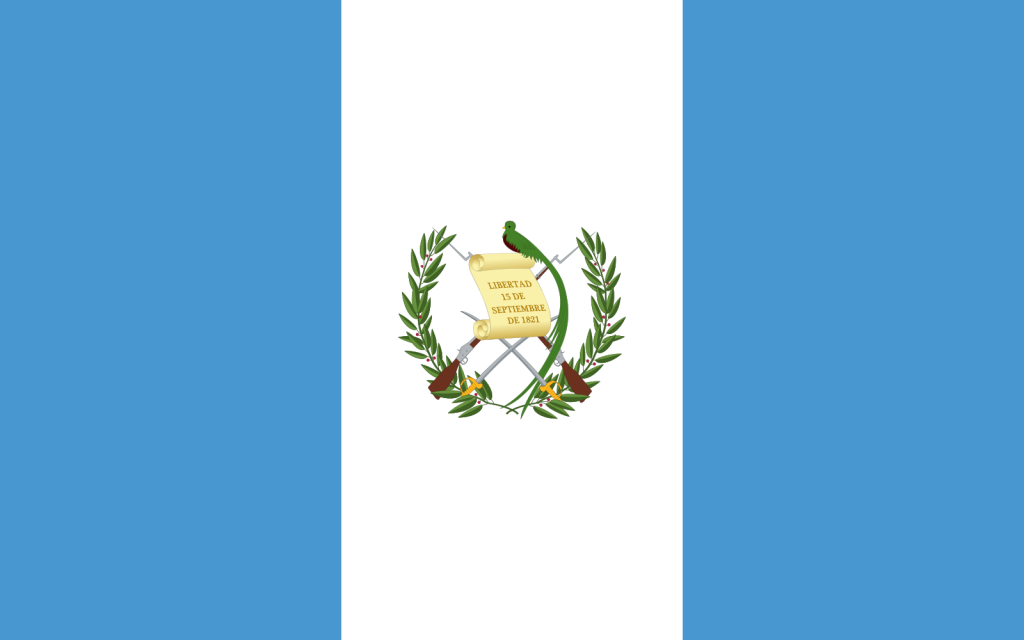
- Population: 17,263,239
- Capital: Guatemala City
Fun facts:
- Guatemala means “land of many trees” in the indigenous language of Nahuatl.
- The CIA overthrew the government! In 1954, democratically elected socialist President Jacobo Árbenz was overthrown in a coup that the CIA helped make happen.
- Lake Atitlan is the deepest lake in Central America.
Guatemala-specific Spanish words:
- Aquas – “Look out!”
- Clavo – “(There’s a) problem” (but it literally means “nail”)
- A huevos – “For sure”
- Chilero – “Awesome”
- Cabal – “(Something is) spot on”
Related learning: Mayan Languages: How I Learned to Speak Tz’utujil in Guatemala
Honduras
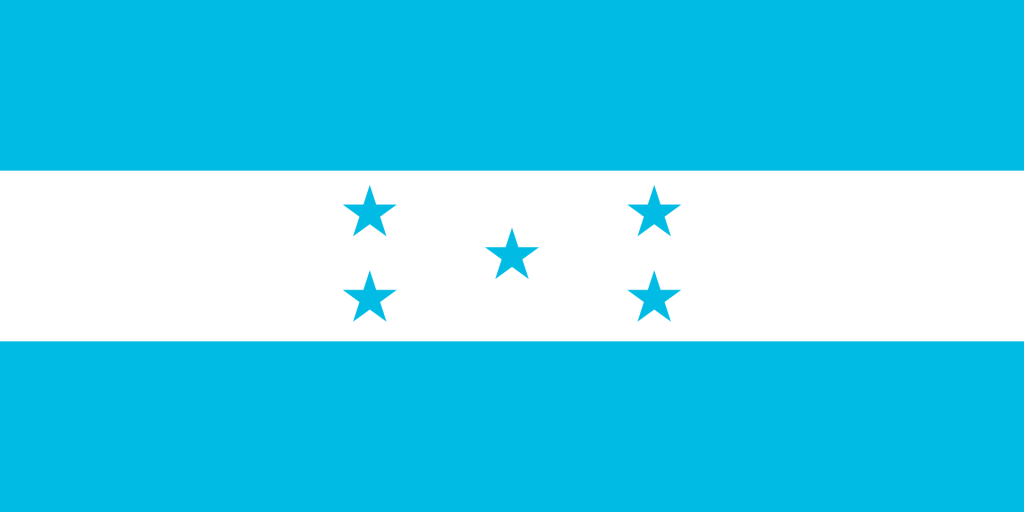
- Population: 10,278,345
- Capital: Tegucigalpa
Fun facts:
- Honduras’ Caribbean coast is home to the second-largest coral reef in the world, after the Great Barrier Reef in Australia
- You can explore the Copan Mayan Ruins here, where most of our knowledge of the Mayans comes from.
- Watch out for snakes! Honduras has several kinds of venomous snakes, including the Middle American Rattlesnake.
Honduras-specific Spanish words:
- Maje – “Dude”, “bro”
- Pulpería – “Corner shop”
- Fresa – “Stuck up”
- ¡Qué Pepsi! – “How Pepsi!”, “How cool!”
- Pijin – “Party”
Nicaragua
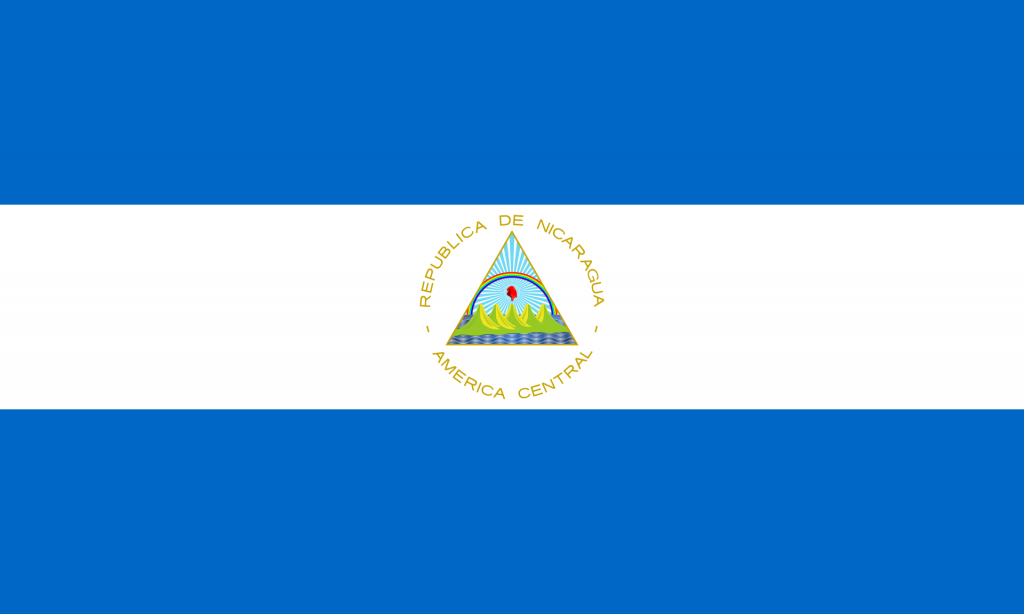
- Population: 6,486,201
- Capital: Managua
Fun facts:
- The first female head of state in the entire Americas is Violeta Chamorro, who was president of Nicaragua from 1990 to 1997.
- It’s unfortunately one of the poorest countries in the world, along with Haiti.
- Navigating the streets can be difficult, because there are no street names or building numbers!
Nicaragua-specific Spanish words:
- Salvaje – “That’s wild,” “Awesome”
- No hay falla – “Don’t worry about it”
- Chunchada – “Stuff,” “thing”
- ¿Quiubole? – “What’s up?”
- ¿Ideay? – “And then what happened?”
Panama
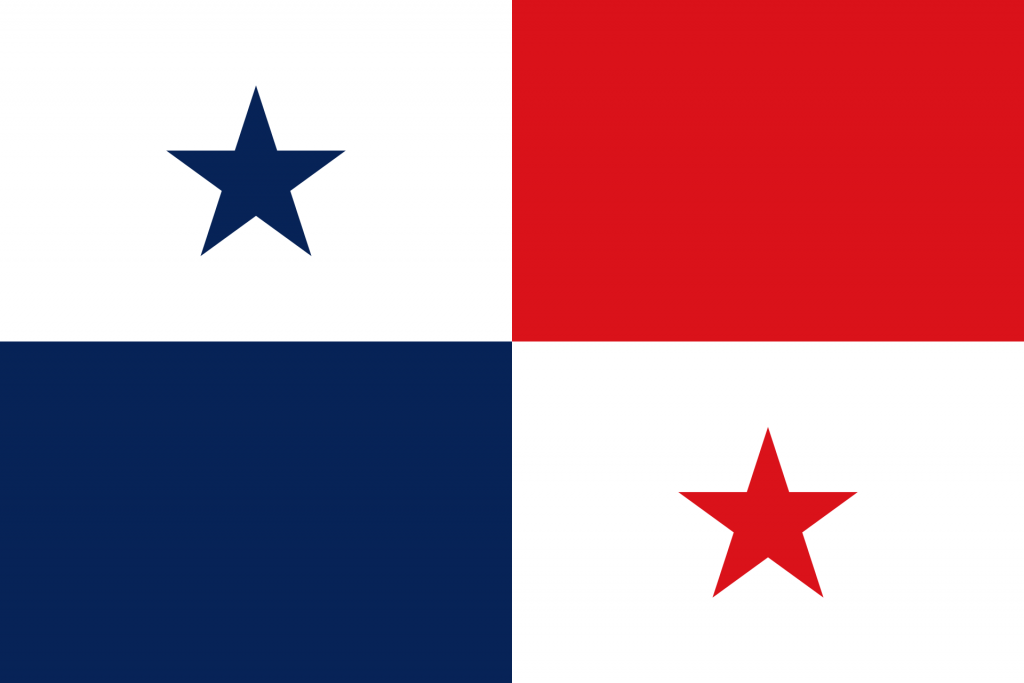
- Population: 4,379,039
- Capital: Panama City
Fun facts:
- Panama was the first country outside of the US to sell Coca-Cola.
- It’s the only place in the world where you can see the sun rise over the Pacific Ocean and set over the Atlantic.
- Murphy’s Law? Yeah, Edward Murphy Jr., who came up with it, was born here. (So was Senator John McCain.)
Panama-specific Spanish words:
- ¿Qué xopá? – “What’s up?”
- Ayala vida – An expression of surprise or irritation, “Oh my gosh!”
- Pinta – “Beer”
- Buco – “A lot”
- Ofi – “Okay”
Related learning: 101 Common Spanish Phrases to Start Speaking Spanish Right Now
Paraguay
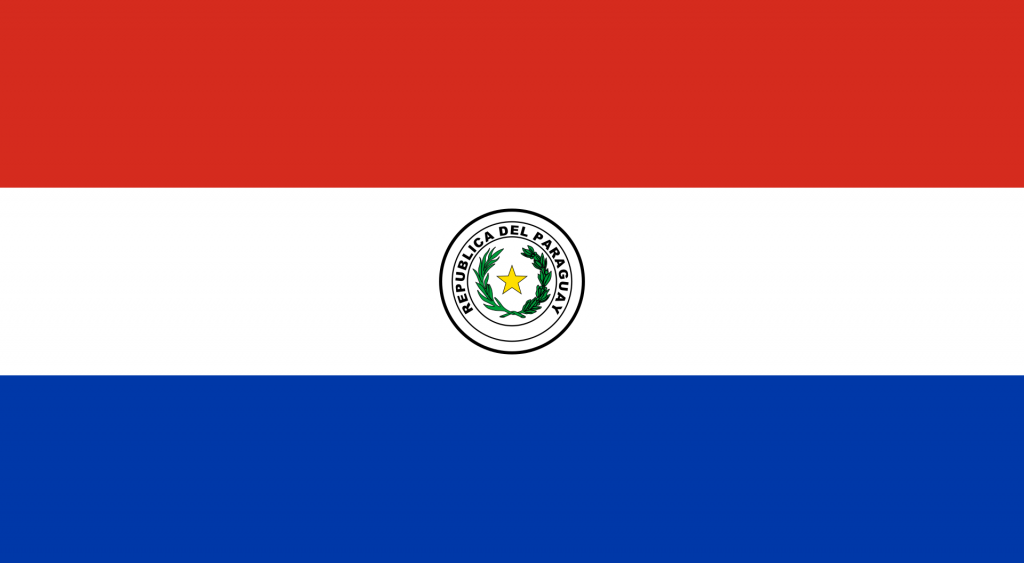
- Population: 7,359,000
- Capital: Asunción
Fun facts:
- They have two official languages: Spanish and the native Guaraní, and both languages are spoken by almost everyone. The two languages often get mixed.
- Paraguay is landlocked, yet has the largest navy of any landlocked country in the world.
- There are lots of endangered animals here, like the jaguar and giant armadillo.
Paraguay-specific Spanish words:
- Purete – “No problem”
- Chake – “Look out!”
- Ven na – “Come please”
- Quitar – “To take”
- Ni loco – “No way”
Puerto Rico
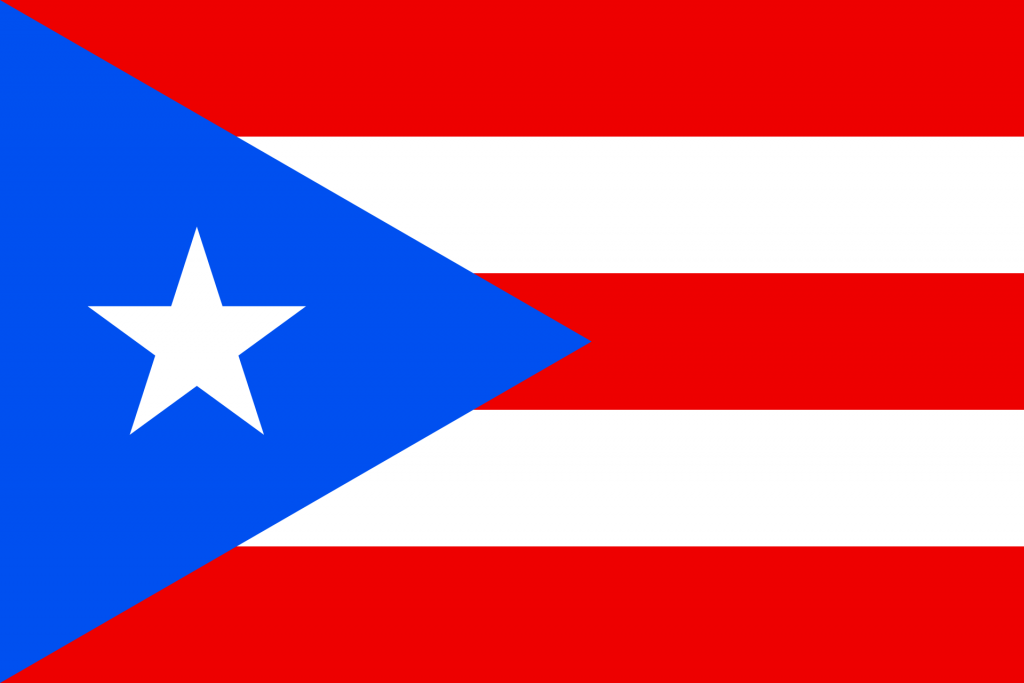
- Population: 3,285,874
- Capital: San Juan
Fun facts:
- Puerto Rico is not its own country, nor a US state, but a US territory. This means they don’t get a say in the US legislature despite being governed by them. Despite that, it’s often recognized as its own entity, such as having its own Olympic team.
- Check out the biluminescent waters at Sun Bay Beach! The plankton there glow blue at night.
- They have a huge cave network of more than 200 caves.
Puerto Rico-specific Spanish words:
- ¡Qué jartera! – “I’m so full/satisfied!”
- Chacho – “Oh boy”
- ¡Coño! – “Damn!”
- Gufear – “To have fun”
- Mano/mana – “Brother/sister,” short for hermano/hermana
Related learning: The 10 Best Ways to Learn Spanish (Be Fluent Faster!)
Peru

- Population: 34,294,231
- Capital: Lima
Fun facts:
- Peru is home to the famous Machu Picchu, the Lost City of the Incas.
- The Amazon River begins in Peru near Machu Picchu in the Andes. The Amazon Rainforest makes up 60% of the country.
- There are pink dolphins in the Amazon River in Peru!
Peru-specific Spanish words:
- Chamba – “Work”
- Paja – “Cool,” “awesome”
- ¡Qué roche! – “What a shame!”
- Latear – “Walk”
- Jama – “Food”
Uruguay
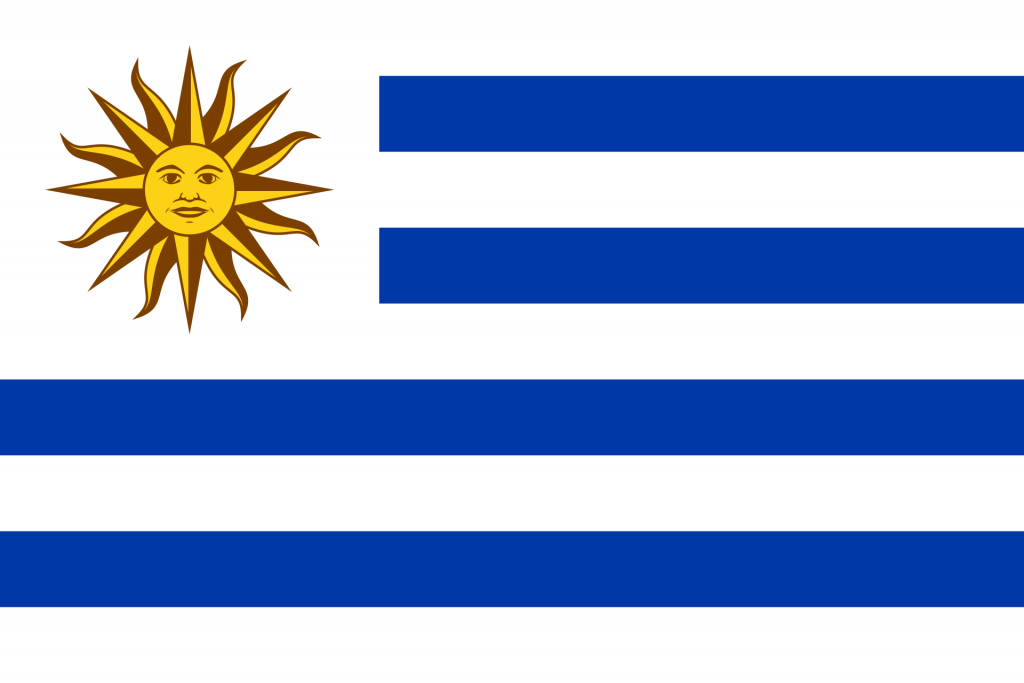
- Population: 3,518,552
- Capital: Montevideo
Fun facts:
- Uruguay is the least corrupt country in Latin America and ranked 23rd in the world by the World Corruption Perceptions Index.
- It has the longest national anthem in the world, at 6 minutes long.
- It’s the most secular country in Latin America, with no state religion and even renamed holidays to be more inclusive.
Uruguay-specific Spanish words:
- Salado – “Amazing,” “incredible,” “tough”
- Bo – “Hey”
- Bárbaro – “Great”
- Matear – “Drinking mate tea”
- Pila – “A lot”
Venezuela
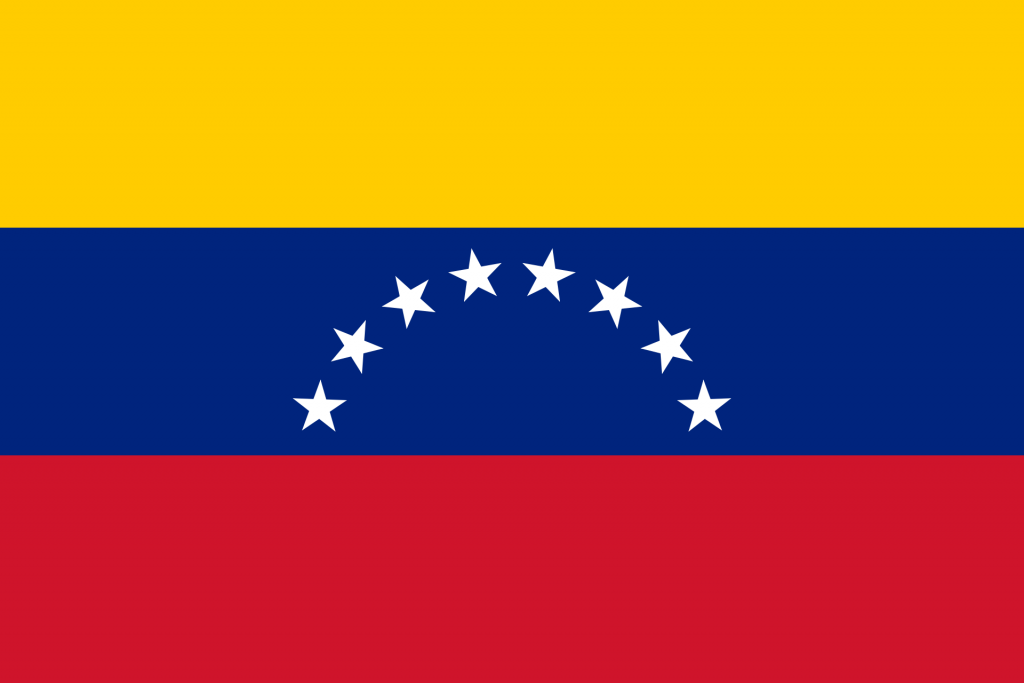
- Population: 28,199,867
- Capital: Caracas
Fun facts:
- You’ll find the Angel Falls here, the highest uninterrupted waterfall in the world.
- Lake Maracaibo is the lightning capital of the world, with more than 1 million lightning strikes per year.
- Venezuela has a lot of political instability, hyper inflation, and is listed as one of the most dangerous countries in the world.
Venezuela-specific Spanish words:
- Dale – “Alright”
- Tal cual – “Like that,” “how it is”
- Chevere – “Great”
- Enratonado/a – “Hungover”
- Ladilla – “Annoying”
Related learning: 10 Good Reasons to Learn Spanish
Countries in Spanish
Okay, we’ve covered where Spanish is spoken and learned a bit about their culture and dialects. Now let’s talk about some helpful words and phrases related to countries and asking where people are from.
“Country” in Spanish is país and “countries” is países. Here are some helpful phrases to know:
- “Where are you from?” – ¿De dónde eres?
- “What country are you from?” – ¿De qué país eres?
- “Where do you live?” – ¿Donde vives?
- “Where did you grow up?” – ¿Dónde creciste?
- “I’m from ____” – Yo soy de ___
- “I am (nationality)” – Yo soy ____
And here is how you say countries in Spanish:
- Egypt: Egipto
- England: Inglaterra
- France: Francia
- Germany: Alemania
- Italy: Italia
- Kenya: Kenia
- Japan: Japón
- Mexico: México
- Philippines: Filipinas
- Russia: Russia
- Scotland: Escosia
- South Korea: Corea del Sur
- Spain: España
- Sweden: Suecia
- Thailand: Tailandia
- Ukraine: Ucrania
- United States: Estados Unidos
Explore Spanish Countries!
Did this spark an interest to explore a Spanish-speaking country you never considered before? You can take your Spanish so much farther than just Spain and Mexico.
Happy adventures!
If you’re ready to learn more Spanish, check out these articles:


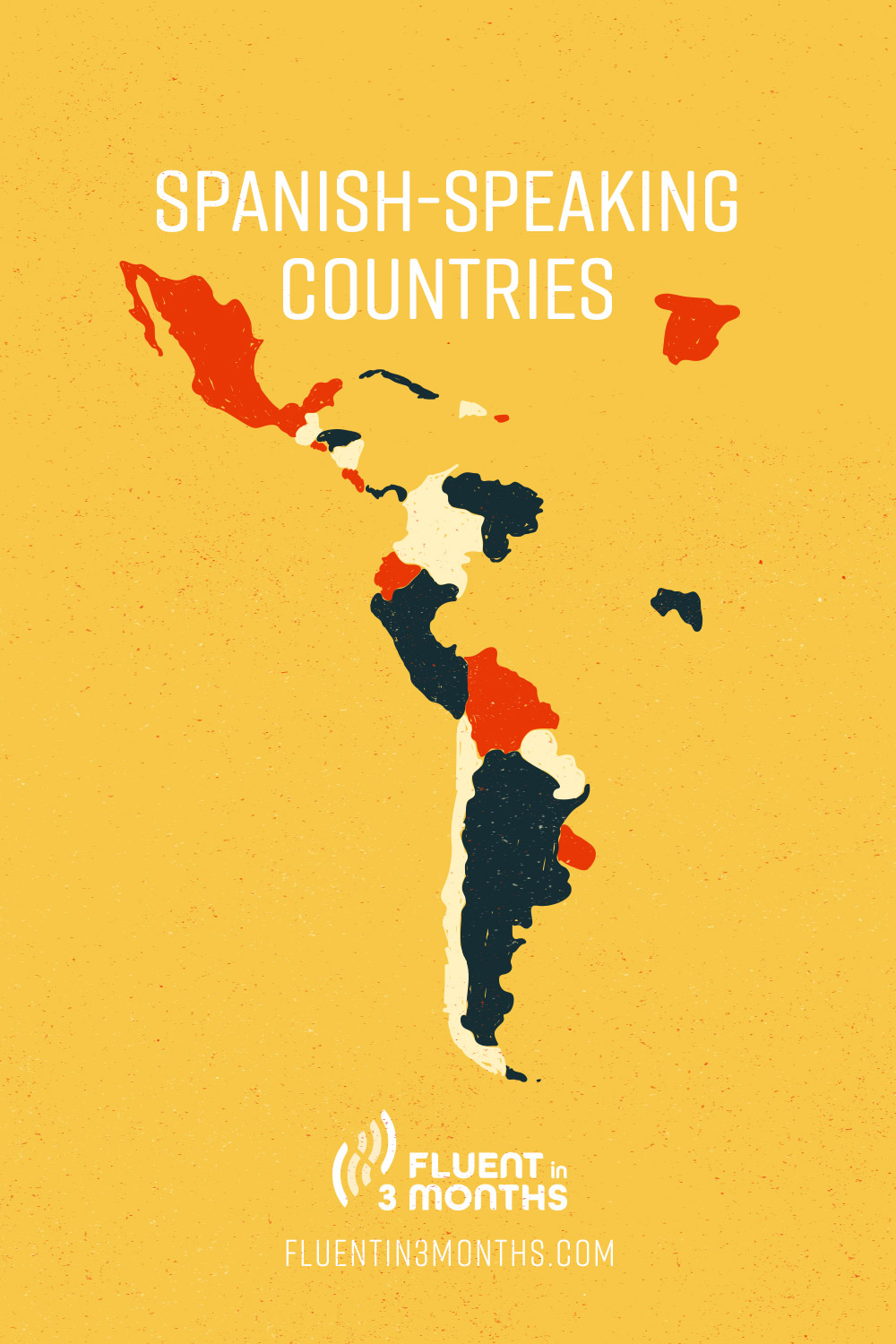

Social